Alleluia
Alleluia
An Ethnographic Study
Don Swenson
LEXINGTON BOOKS
Lanham Boulder New York London
Published by Lexington Books
An imprint of The Rowman & Littlefield Publishing Group, Inc.
4501 Forbes Boulevard, Suite 200, Lanham, Maryland 20706
www.rowman.com
Unit A, Whitacre Mews, 26-34 Stannary Street, London SE11 4AB
Copyright 2018 by The Rowman & Littlefield Publishing Group, Inc. Lexington Books
All rights reserved . No part of this book may be reproduced in any form or by any electronic or mechanical means, including information storage and retrieval systems, without written permission from the publisher, except by a reviewer who may quote passages in a review.
British Library Cataloguing in Publication Information Available
Library of Congress Cataloging-in-Publication Data Available
ISBN 978-1-4985-4663-8 (cloth : alk. paper)
ISBN 978-1-4985-4664-5 (electronic)
 The paper used in this publication meets the minimum requirements of American National Standard for Information SciencesPermanence of Paper for Printed Library Materials, ANSI/NISO Z39.48-1992.
The paper used in this publication meets the minimum requirements of American National Standard for Information SciencesPermanence of Paper for Printed Library Materials, ANSI/NISO Z39.48-1992.
Printed in the United States of America
Contents
Orientation
This ethnography will take the reader on a journey of how a small charismatic community in South Augusta, Georgia, has significantly generated safeguards against secularism and has thrived in doing so. The nature of the study is primarily qualitative in nature to enable the many voices to tell their story that is focused on the everyday and the mundane as the members navigate their lived faith in an environment inimical to their Christian lifestyle.
The theoretical foundation of this work will be the secularization thesis, which will be introduced, in chapter 1. This chapter will be an outline of a conceptual framework that will provide a skeleton to structure the text that has emerged from the classical era of the sociology of religion. These concepts consist of the sacred and the secular, charisma and routinization of charisma, renewal prophets, and the movement of renewal. The primary conceptual framework is the dilemmas of the institutionalization of religion by ODea (1966) and augmented by Swenson (2009). They are an expansion of Webers insight of charisma and the routinization of charisma. Subsequent to this, a short history of the Charismatic Movement along with a history of the Alleluia Community will be presented. The chapter will conclude with the methodology used in this ethnography.
Basic Terms
Sacred-Secular
Two pioneers in the social scientific study and comparative study of religion were Emile Durkheim (18581917) and Rudolph Otto (18691937). Durkheim (1915/1965) is noted for defining the sacred as set-apart but is also remembered for his twofold distinction of the term. Otto (1923/1958), whose work has carried much of the interest in the concept, focuses on the same distinction. There are two dimensions: mystery and fascination. As a believer approaches the sacred, two kinds of experiences are elicited. The first is awe and distance (of mystery). The religious person is in touch with a sense of august, a shuddering, dread, fear, overpowering, and a sense of being a creature and of relating to the sacred as wholly other. The second option is fascination, which includes a desire to be close to the sacred, to experience exaltation, love, and mercy.
The term secular has a literal meaning of having to do with time or the world. A further nuance is that of deviation from the sacred and focused on things of the world such as money, jobs, education, intimate life, family life, or recreation.
The specific Christian nuance of the sacred is the person of Jesus. He is seen in the New Testament as the Son of God, the Son of Man, and an incarnation of Gods love for humanity. The Christian understanding of the secular then would be a deviation from this tradition and a movement away from the ethics of Jesus. Because the heart of this tradition is based on relationships, a movement away from sacrificial love, humility, kenosis, and service toward relationships based on power, control, and coercion is considered secular.
Charisma and the Routinization of Charisma
The sociologist Max Weber (1894/1978:11111148) uses the term charisma to indicate how some persons or groups appeal to subjects extraordinary needs beyond physical or social necessity. Leaders with charisma hold no official position but have received legitimation if they are successful as holy people or if they convince others of a higher truth. (Early Christian leaders did have official positions yet they also were charismatic in their authority.) Routinization of charisma is the process by which charisma is eroded but its form or structural vestige remains. Because charisma is unstable, it frequently passes into other kinds of authority: royal, aristocratic, democratic, or hierocratic.
Renewal Prophets
Renewal prophets are those who announce and teach an older revelation in a new way with no radical changes (Weber 1894/1978, 439). These prophets take an original tradition and attempt to renew it from within without changing this tradition in any radical way. The tradition is considered valid and is the basic source of renewal.
Movement of Renewal
The movement of renewal is a protest from within an existing church, a protest that does not involve secession or a schism but rather a desire and mobilization of a return to a past when charisma was still alive. The movement is further characterized by maintaining links to ecclesial authorities.
An initial attempt of using the term, movement of renewal, is from Wach (1967) who calls it a church within the church. He identifies three subtypes, one of which is the most useful for our discussion here: the monastic order. Members of this kind of collectivity desire to live a common life of religious devotion in close association with one another and to the sacred that is possible in everyday life. Membership in the monastic order is exclusive and includes permanent loyalty (members make a covenant or a vow), obedience, fixed residence, particular dress codes, meals in common, special devotions, and common labor. In addition, members are to renounce personal possessions, to embrace celibacy, and to practice asceticism.
An additional characteristic of the movement of renewal is provided by Hill (1973, 85103), who developed the concept of revolution by tradition to account for the innovative nature of tradition. From both Wach and Hill, Swenson and Thompson (1986) constructed the term.
Swenson and Thompson (1986) also observed that, to legitimate the charismatic dimension of this movement in the eyes of both followers and the church hierarchy, spokespersons take great pains in locating the charismatic dimension in the traditions of sacred pasts of Christianity. Such sacred pasts consist of the New Testament, the Apostolic church, the monastic movement, and the mystical saints of the medieval period. A recent past was the Vatican II Council in the early 1960s. Relying on the documents of Vatican II (Abbot 1966), these leaders of the Catholic Charismatic Renewal movement make a case that the highest authority in the Catholic Church, the gathering of all the bishops and the pope, approved of the vitality of the charismatic gifts.
Dilemmas of the Institutionalization of Religion
The Weberian charisma-routinization of charisma has been expanded with ODeas (1966) dilemmas of the institutionalization of religion. The various dimensions of these dilemmas are rooted in what he calls the fundamental dilemma between religion and society or between the sacred and the secular. He argues that the religious person and religious institutions are constantly in a precarious situation because secularity is in significant contrast to the sacred order. While religion concerns itself with ultimate realities and the question of meaning, secularitys focus is on the less-than-ultimate matters such as the production, exchange, and consumption of goods; the reproduction and socialization of children in family configurations; or the ordering of social relationships through politics and education. Because religion is interested in the sacred, it stands apart from the everyday concerns of the secular order. Finally, religion is based on faith wherein its object is supra empirical while societal concerns are with the empirical and the observable.

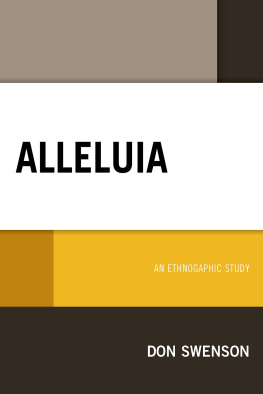
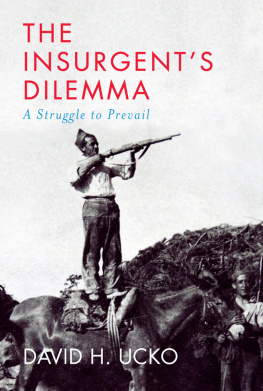
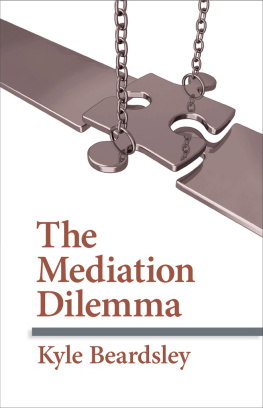
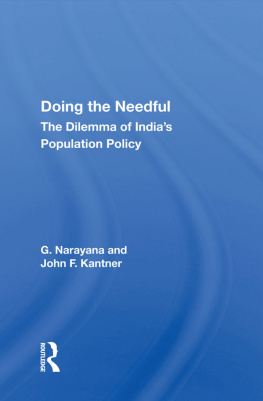
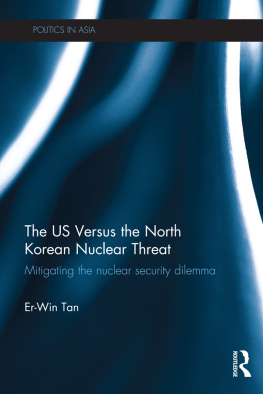
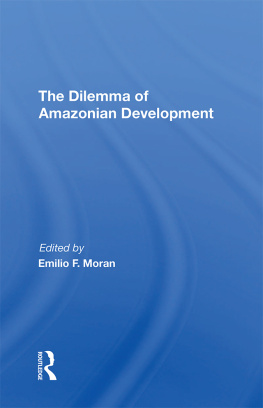


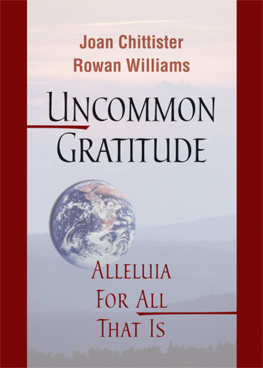

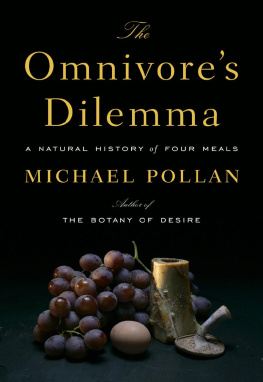
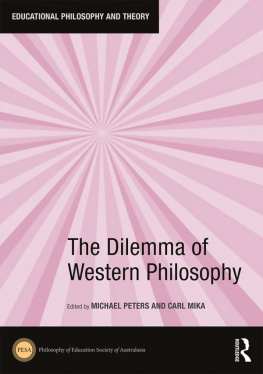


 The paper used in this publication meets the minimum requirements of American National Standard for Information SciencesPermanence of Paper for Printed Library Materials, ANSI/NISO Z39.48-1992.
The paper used in this publication meets the minimum requirements of American National Standard for Information SciencesPermanence of Paper for Printed Library Materials, ANSI/NISO Z39.48-1992.